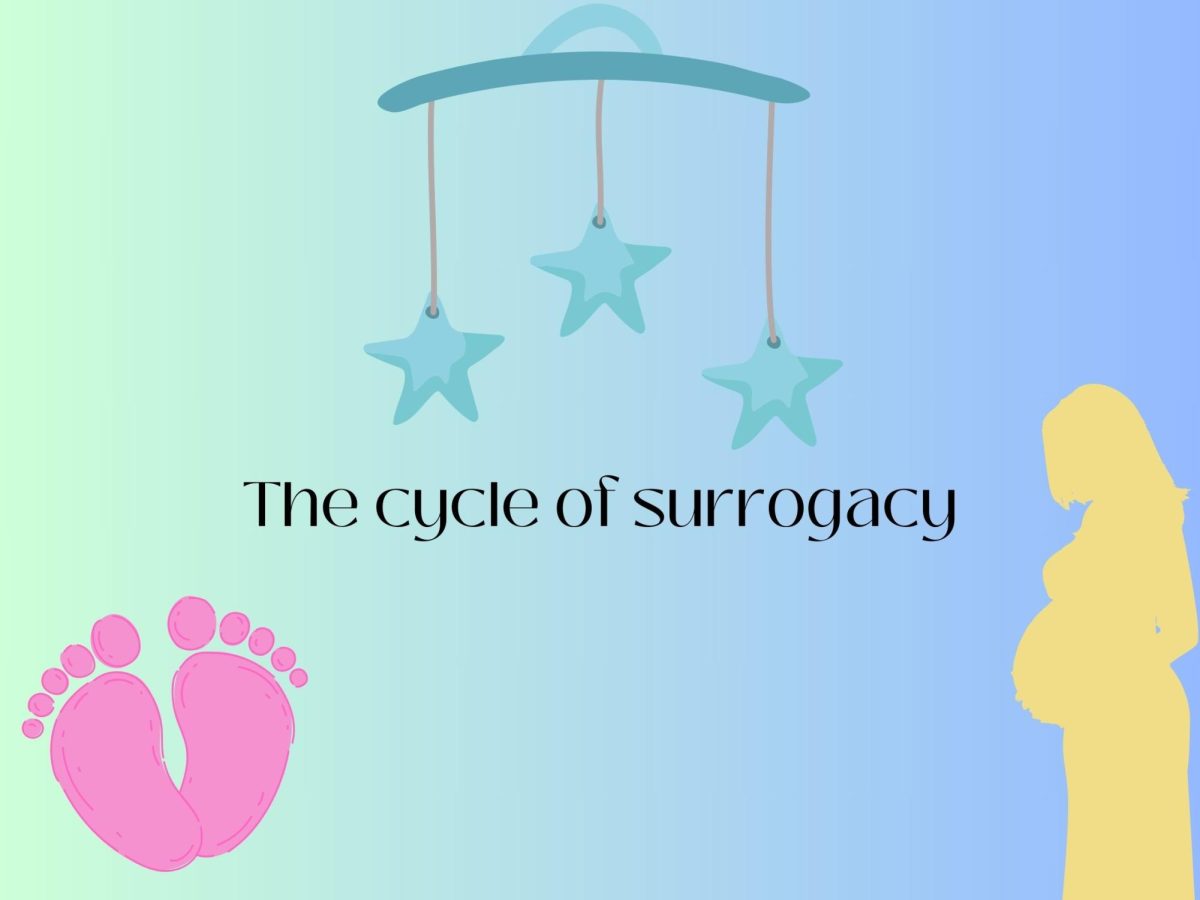Approximately 17.5% of the human population experiences problems relating to fertility. Fortunately, government executives found numerous ways to incorporate methods for family planning into their laws and rules. Of these, people find surrogacy as one of the best and most popular ways to build their families.
Traditional surrogacy refers to a woman carrying the child of a couple after insemination from the male partner. With new technological advances, a woman can now receive donated eggs from the female, as well as the sperm from the male for the couple to both maintain a genetic relationship to their child.
Due to their eggs not meeting the requirements to bear a child, numerous women struggle with infertility. On the other hand, some women donate their eggs for others to possess the opportunity to carry their own children. The process of donating eggs remains a very reliable option for some women to make money and became recognized in 1984.
“It’s very sad that some women do not have the opportunity to have their own child, but we are very fortunate to have the option of surrogacy in the world. Every option to help fertility is a miracle but surrogacy being a number one choice for lots of families, not only women makes sense,” junior Amber Gordan said.
Although the original method of surrogacy served explicitly for women, this method also continues to help homosexual couples and women who do not wish to carry their own child due to personal and medical problems. Similar to an egg donation rather than insemination, a specific type of surrogacy, gestational surrogacy, enables same-sex couples the opportunity for both partners to maintain a genetic relationship to their child.

Although people may disagree with surrogacy as the number one method to deal with infertility, mainly because of the cost, the benefits and long-term effects of surrogacy clearly outweigh the negatives. Numerous women choose the option of surrogacy simply because of age restrictions, body image or health issues. While these reasons remain fair, celebrities with high net worths can afford the option rather than non-celebrities as health insurance typically does not cover all expenses.
“I think it’s[surrogacy] a very cool, selfless, and incredible act that these women do to help other people. I can carry children, but it felt like the best choice for what I had going on physically with the autoimmune stuff [Lyme Disease],” actress Riley Keough said.
For women who want to use a method of surrogacy for issues such as body image or mental health, the practice remains a viable option so that women may relieve themselves from postpartum depression. Postpartum depression happens to one in ten women and lasts around three to six months. This impacts women heavily as it can lead to a discussion of not carrying any children in the future and includes increased thinking on family planning.
Overall, one of the main reasons people would choose to not endure the surrogacy route relates back to the expenses. While surrogacy may pose as the best option for others, not everyone can afford to pay the surrogate, her medical bills and still afford the baby expenses after the birth. Fortunately, adoption still remains an extremely common way for people to raise children, with less expenses and less preparation.
For women who do not want to carry a child, reasons may include stressors during and after childbirth. A recent trend on TikTok includes numerous women maintaining a list on their notes app as to why they should not bear a child. These lists include reasons such as postpartum depression, medical bills, hours of painful labor and emergency procedures. This leaves several young girls striving for a surrogacy plan once they wish to possess children.
As the population continues to grow, surrogacy frequently finds its way into family planning and allows for additional hope within families. This method to help same-sex couples and families in need who struggle with infertility should always remain the number one option for everyone involved in its process.











